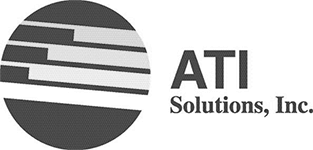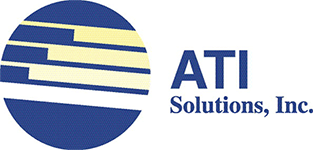Data centers are responsible for providing reliable and uninterrupted service for their customers around the clock. Unfortunately, these facilities are not infallible, and will always be susceptible to sudden power interruptions caused by weather, equipment failure, or sudden loss of municipal utilities. Since an unplanned outage can cost a company thousands or even millions of dollars in just a few minutes, many data centers offer multiple redundancies to prevent downtime.
Differences Between N+1, 2N, and 2N+1 Redundancy
Redundancy is the duplication of critical components of a system in order to provide a reliable backup in case of sudden failure. Data centers typically offer some form of redundancy for power, ensuring that the customer’s systems and devices will continue to operate with no noticeable effect to the user in an outage. However, not all data centers’ redundancy systems are equal.
The most common redundancy options in carrier facilities include:
- N+1. An N+1 system, also known as parallel redundancy, offers alternate, redundant components capable of handling 100 percent of the work needed to supply power to the customer’s equipment in case of component failure. Although this system contains redundant equipment, it may run on a shared main power source, so it is not a multi-independent, redundant system.
- 2N. A 2N system offers not one, but two uninterruptible alternate sources of power, offering seamless transitions between sources to continuously support the customer’s systems and equipment. In addition, the power sources are run separately, fully independent of each other, and go through a fully redundant path to eliminate any single points of failure. 2N systems are more reliable than N+1 systems because they offer at least two options for power in the event of failure, and can be regularly maintained, independently, and be used in the event of an extended power outage. Our Chantilly location offers 2N redundancy for data loss and downtime prevention.
- 2N+1. A 2N+1 configuration is the highest common tier of downtime prevention, and offers double the amount of power needed to run all client systems and devices. Additionally, each power source has separate, parallel, fully redundant components that can seamlessly power all necessary systems. All this means that if one component from one main power source used in the path fails, there is a backup component which can fully take on its role. This applies to all the components in each separate path from the main power sources.
Contact Our Team If Data Redundancy Is Necessary To Your Business
The professionals at ATI can evaluate your needs and help you determine which service options are right for you. Contact us today to get more information about how our data centers can serve your needs or set up an appointment to tour our Chantilly facility.
|
Related Links: |

